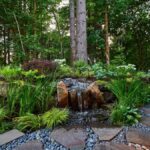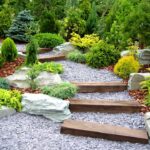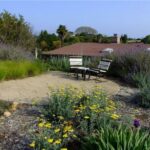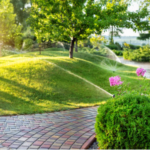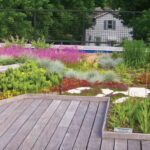Sustainable landscaping is an approach to gardening and designing outdoor spaces that seeks to minimize negative impacts on the environment while also enhancing the beauty and functionality of the space. This practice emphasizes the use of environmentally friendly and resource-efficient practices and materials, such as native plants, composting, rainwater harvesting, and organic fertilizers.
One of the key principles of sustainable landscaping is choosing plants that are well-suited to the local climate and soil conditions. Native plants are typically the best choice for sustainable landscaping, as they are adapted to the local environment and require less water, fertilizer, and maintenance than non-native species. By choosing plants that are naturally suited to the area, homeowners can create a beautiful and sustainable landscape that supports local wildlife and promotes biodiversity.
In addition to selecting the right plants, sustainable landscaping also involves using water-efficient irrigation methods. This can include installing drip irrigation systems, rain sensors, and rain barrels to capture water runoff for later use. By reducing water waste and using water wisely, homeowners can conserve this valuable resource and minimize their environmental impact.
Another important aspect of sustainable landscaping is reducing the use of pesticides and chemical fertilizers. These products can be harmful to the environment, polluting soil and water and harming beneficial insects and wildlife. Instead, sustainable landscapers use organic fertilizers, such as compost and mulch, to nourish plants and improve soil health naturally.
Incorporating hardscaping elements, such as permeable pavers and gravel paths, can also help to create a more sustainable landscape. These materials allow water to penetrate the soil, reducing runoff and erosion, and help to create a more harmonious balance between the built and natural environment. By incorporating these elements into the landscape design, homeowners can create a beautiful and functional space that supports the health of the environment.
Overall, sustainable landscaping is a holistic approach to designing outdoor spaces that takes into account the long-term health and well-being of the environment. By incorporating native plants, water-efficient irrigation methods, organic fertilizers, and permeable hardscaping elements, homeowners can create a beautiful and sustainable landscape that benefits both people and the planet. By making small changes to their landscaping practices, homeowners can make a positive impact on the environment and create a more resilient and beautiful outdoor space.






